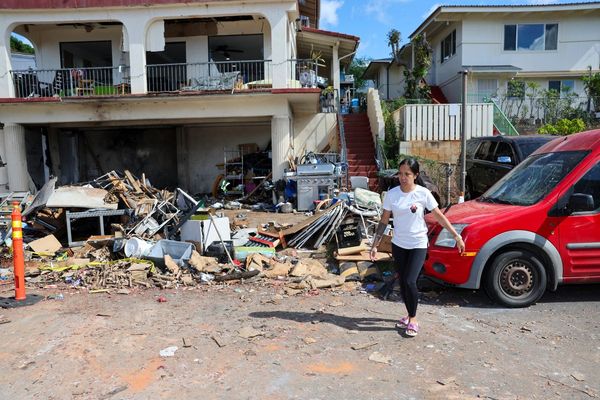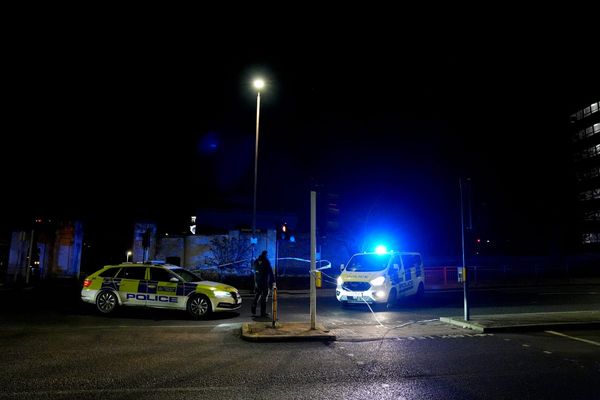
Millions of Ukrainians woke up early on Sunday morning to a massive Russian missile and drone attack on their country’s infrastructure, the biggest assault from Moscow since the end of August and the first large-scale attack since the US election.
Donald Trump once promised to settle the Ukraine war in “24 hours” but the 120 missiles and 90 drones aimed at the nation’s utilities is a reminder that Moscow’s maximalist aspirations to cow and subjugate its neighbour remains unchanged.
The military may use electricity, water and gas, but the obvious reality is that in any outages of utilities, it is civilians across the country who will be disproportionately affected, just as a harsh winter looms where temperatures of -10C (14F) are not uncommon and -20C is not unknown.
The true target of such a widespread attack – from Lviv in the west, to Odesa in the south, and the capital Kyiv – is national morale. Even when the incoming missiles are largely intercepted, as they were on Sunday, the air raid alarms in the small hours and explosions in the distance sap people’s energy, even though the overwhelming desire in Ukraine to resist remains undimmed.
A Ukrainian woman living in Kyiv, who asked that her name not be used because of the reference to her family, said the dilemma was always whether to wake her 10-year-old son and go into a shelter or leave him and hope the danger passes. Near nightly drone attacks on Kyiv have already left many in the capital short on sleep.
Among the munitions deployed, Ukraine believes, were seven Kinzhal hypersonic missiles, which can in theory be nuclear armed and travel at four to 10 times the speed of sound. But Russia’s missile arsenal has been sharply depleted from the early stages of the war, meaning that it is likely to have been building up stocks to use in a large-scale attack.
Such studied Russian cynicism is also apparent elsewhere. Olaf Scholz, Germany’s chancellor, spoke to Vladimir Putin for an hour on Friday. The Kremlin afterwards suggested nothing had changed in its negotiating position, and that its full-scale invasion of 2022 was the “direct result” of a Nato policy that aimed at “creating a staging ground against Russia on Ukrainian soil”.
The Kremlin statement also insisted that the west should recognise “the new territorial realities” an unsubtle reference to Russia’s occupation of nearly a fifth of Ukraine – and then referred back to a Putin speech made in June at Russian’s foreign ministry, which spelled its demands in fuller form.
In that address, Putin demanded, again, the “demilitarisation and denazification” of Ukraine. Russia had previously demanded, in negotiations in 2022, that Ukraine’s army be reduced to just 50,000 and has said it wants four eastern and southern Ukrainian regions, Donetsk, Kherson, Zaporizhzhia of which only the fourth, Luhansk, is fully occupied.
Not surprisingly Ukraine president Volodymyr Zelenskyy had a different view in a radio interview with Suspilne, the country’s public broadcaster. Victory, he said, would amount to “a strong Ukraine” emerging either on the battlefield or through diplomacy, though he was prudent not to be too specific about what that meant.
While there may be signs, expressed behind the scenes, that Ukraine is willing to accept the loss of some occupied territory for a peace, Russia’s demands appear to go far beyond that, and may leave Ukraine with little choice but to try and fight on, even if the US walks away from supplying military aid.
How successful it could be is uncertain. Ukraine did shoot down or neutralise 85% of the missiles and 94% of the drones, but it proved disturbingly easy for Russia to knock out entire power stations in the spring with a barrages of missiles at a time when air defences were stretched.
Despite Trump’s election and talk of peace, such is the scale of Russian aggression – as demonstrated on Sunday morning – that an end to the war still appears a long way off.







